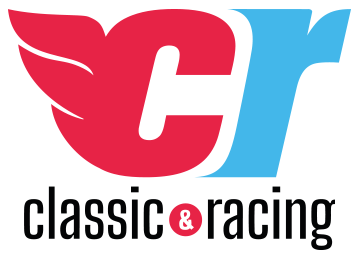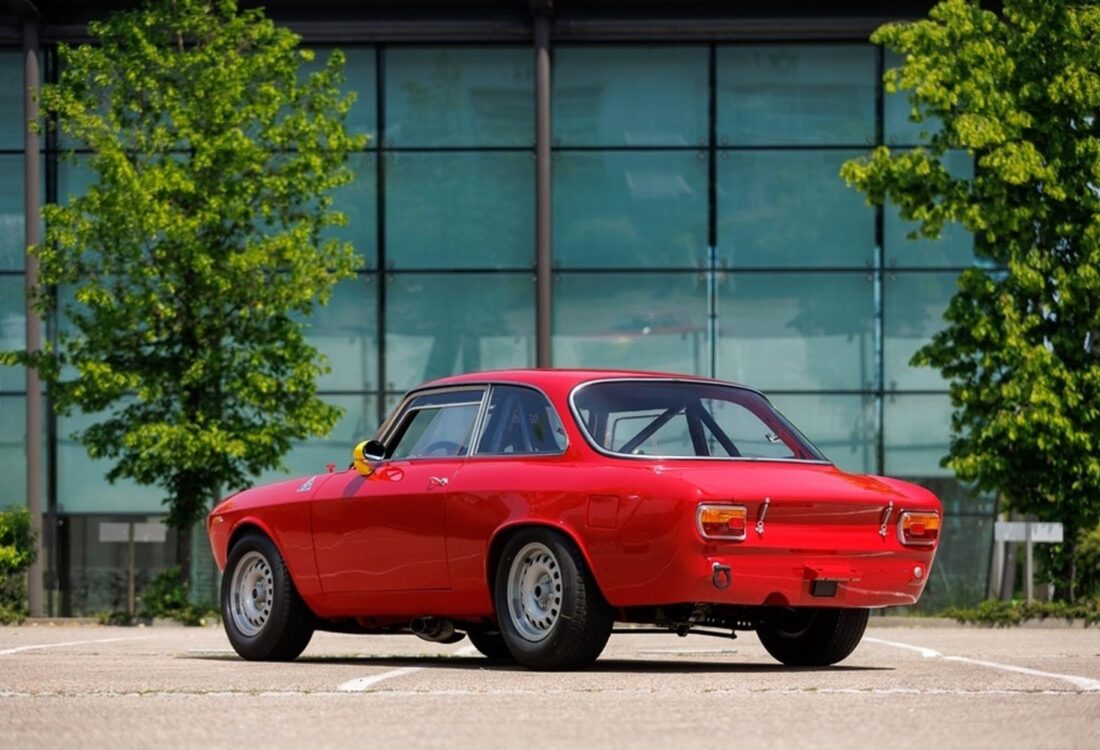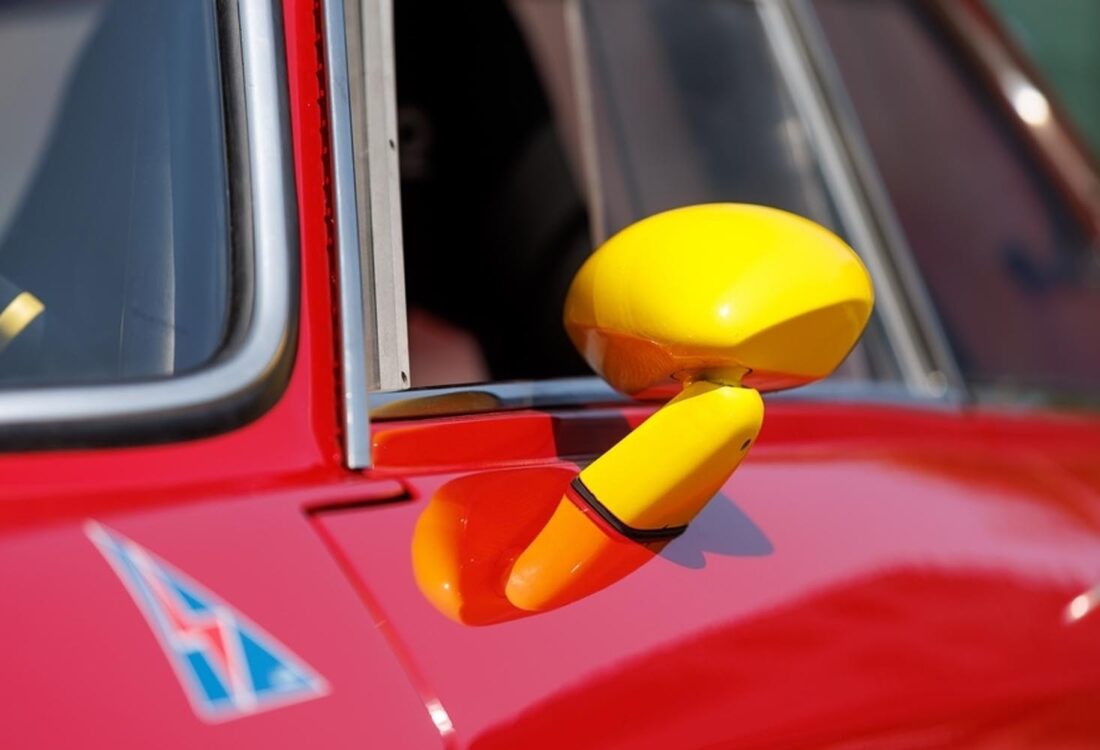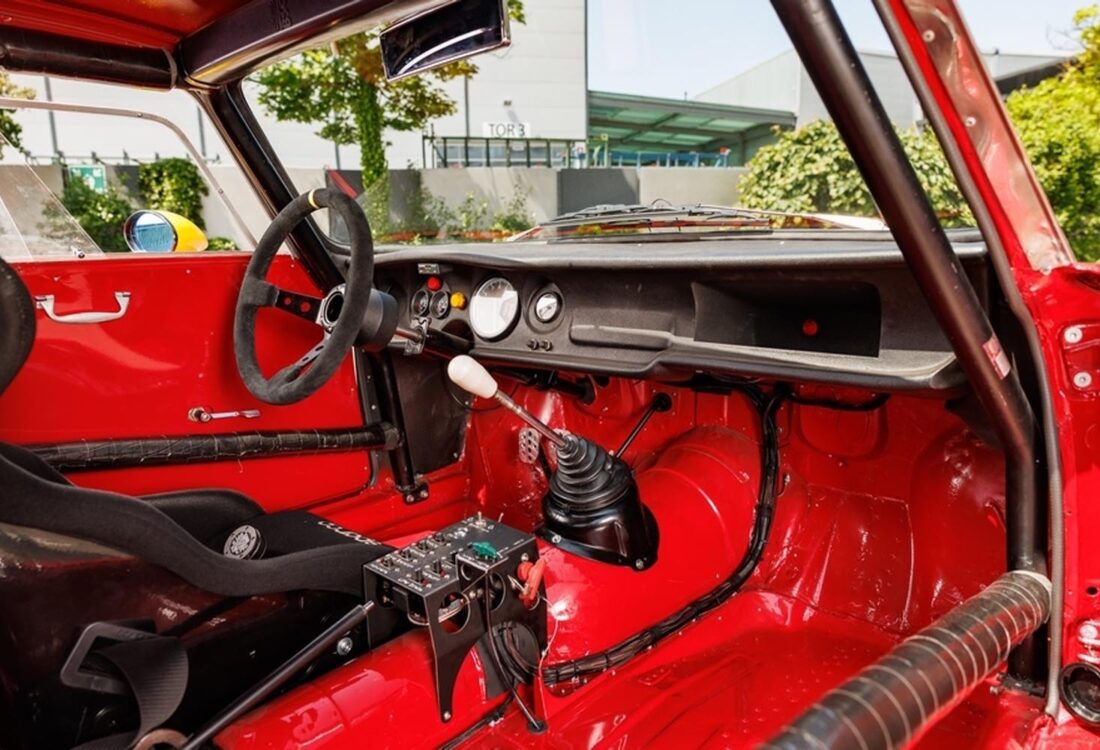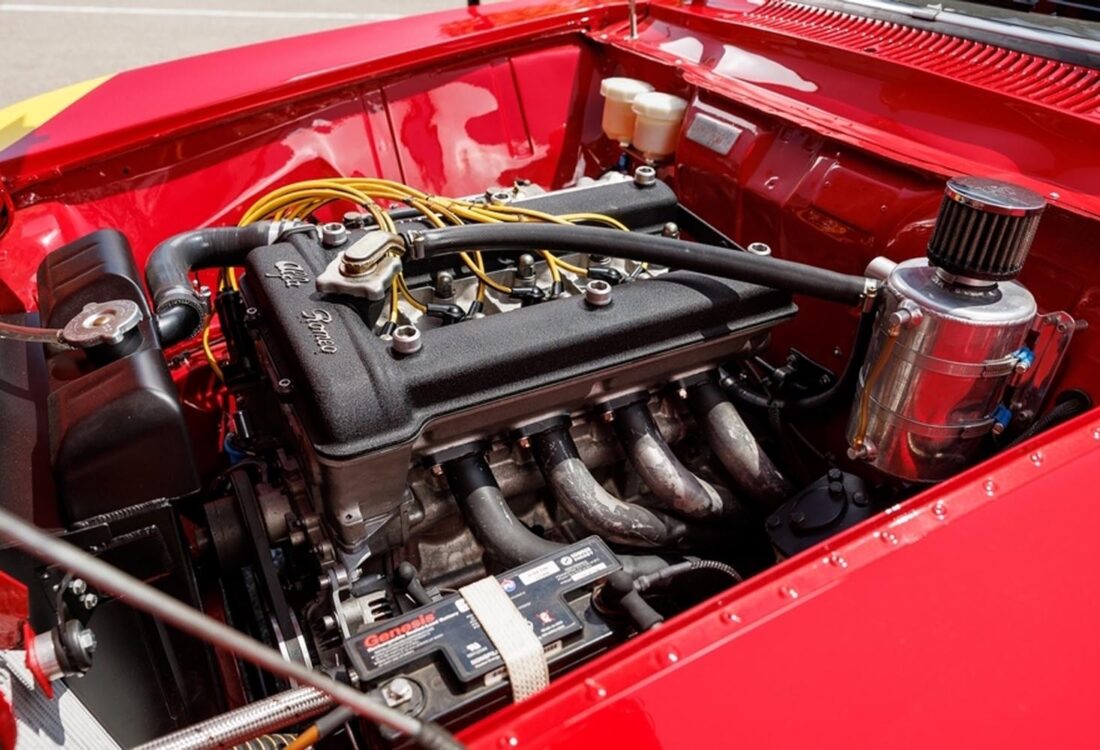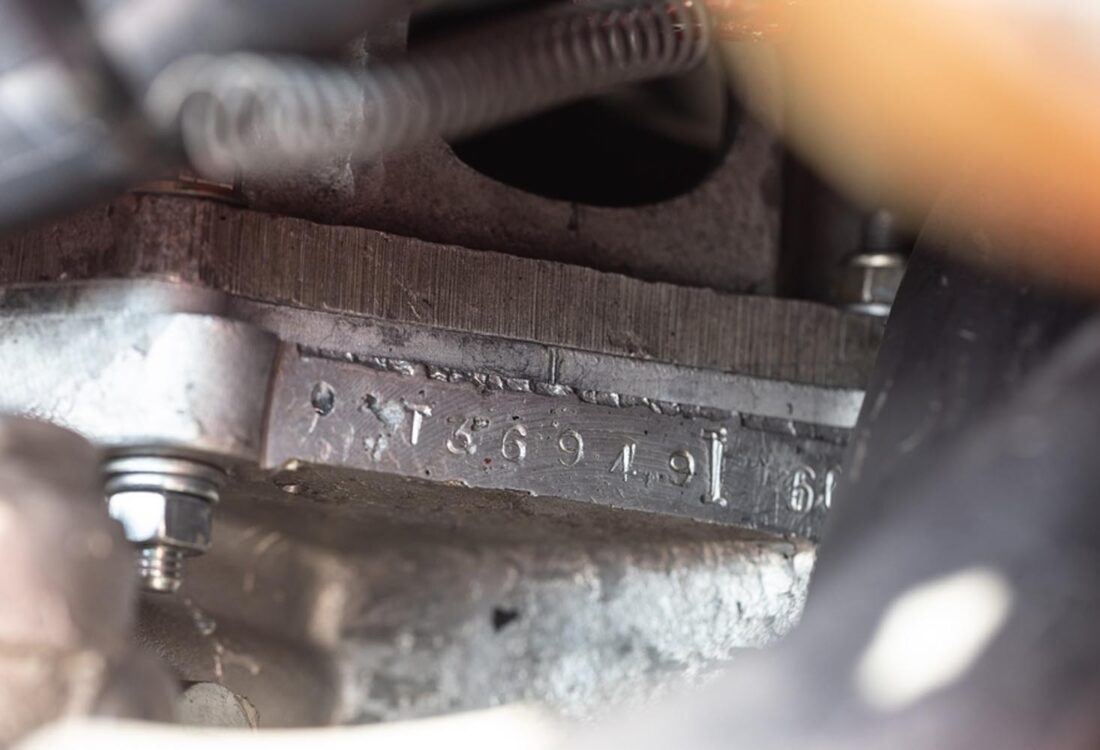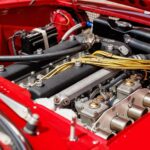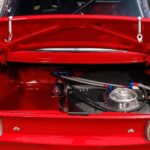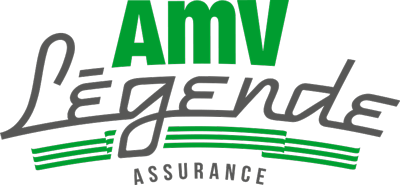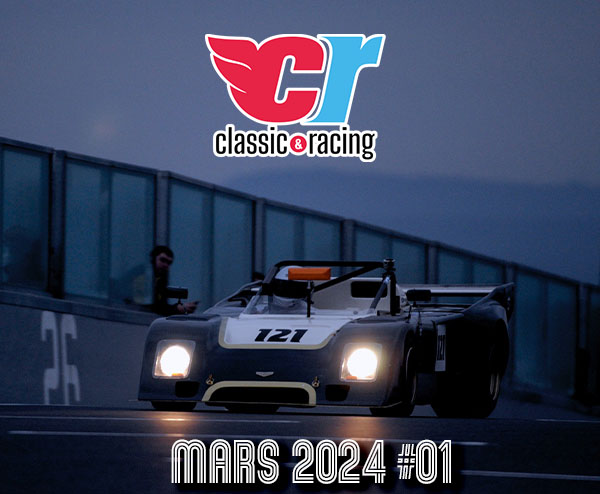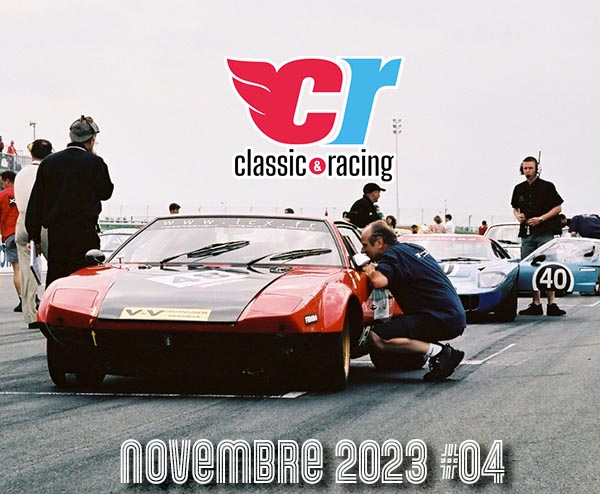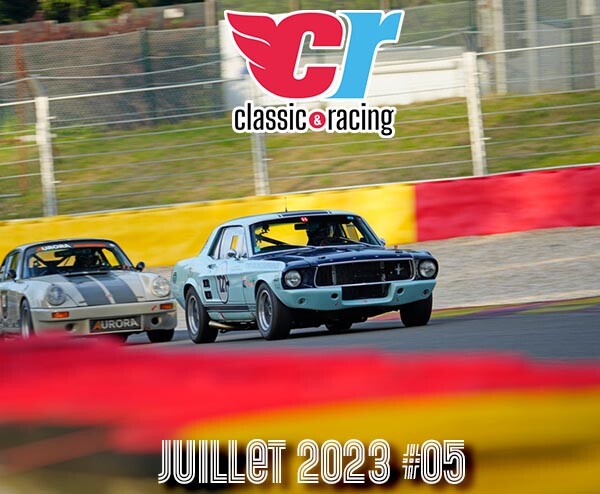
ALFA ROMEO GIULIA SPRINT 1600 GTA [AUTODELTA]
Les services + de Classic Racing
Bientôt disponible
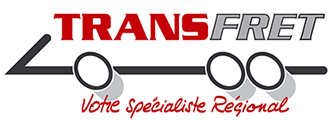
Bientôt disponible
A votre service depuis 1995, Transfret c’est avant tout le respect des collaborateurs et des clients.
Pour transporter de 1 à 6 voitures partout en Europe, contactez nous sur www.groupe-transfret.com
Autodelta a été fondée en 1963 par les anciens ingénieurs Ferrari Carlo Chiti et Ludovico Chizzola en tant qu’entreprise indépendante pour le développement et la préparation de voitures de course. À cette époque, Alfa Romeo avait l’intention de renforcer son engagement dans les séries de courses internationales et recherchait donc le bon partenaire externe. En raison de leur réputation et des bonnes relations de Chiti avec les décideurs d’Alfa, Autodelta s’est vu confier le projet de développement de la voiture de course. En 1964, Autodelta est devenue une società per azioni – une société cotée en bourse en Italie. Quand Autodelta a déménagé d’Udine à Milan – pour faciliter la logistique d’Alfa Romeo – Chizzola a vendu ses parts car il préférait rester dans sa ville natale au nord d’Udine. Lorsqu’Alfa Romeo a repris toutes les actions d’Autodelta SpA en 1965,
Après le développement des Alfa Romeo TZ1 et TZ2, Alfa Romeo voulait se donner les chances de courir avec succès dans la série européenne de voitures de tourisme basée sur des modèles de série pour les voitures du groupe 2. Par conséquent, Autodelta a commencé le développement d’une variante plus légère et plus puissante de la Giulia Sprint GT : la Giulia Sprint Gran Turismo Alleggerita (GTA).
En février 1965, au Salon de l’Auto d’Amsterdam, la Giulia Sprint GTA est présentée au public. Chiti et son équipe ont remplacé de nombreuses pièces de la carrosserie entièrement en acier de la Sprint GT par des pièces en alliage d’aluminium fabriquées à partir de Peraluman. Outre la coque extérieure complète – à l’exception des bas de caisse – toutes les pièces suivantes ont été fabriquées en Peraluman : la coque extérieure de la porte, le capot, le couvercle du coffre, le déflecteur d’air, le panneau de support du tableau de bord, le plateau de la roue de secours, l’arrière panneau intérieur, le support de plaque d’immatriculation, le support pour le refroidisseur d’huile en option et les panneaux de plancher avant sur commande spéciale et avec la plupart des voitures préparées Autodelta. Combiné avec la garniture intérieure allégée, un poids à sec de seulement 745 kg a été atteint – 205 kg de moins qu’une Sprint GT standard !
Le moteur quatre cylindres en ligne éprouvé de 1570 cm3 a été utilisé dans une phase de développement similaire à ceux installés dans le Tubolare Zagatos – avec un double allumage et une compression accrue sur les moteurs Corsa GTA. Les blocs moteurs étaient en aluminium; le couvercle de soupape, le capot avant du moteur, le carter de cloche, le couvercle de boîte de vitesses arrière et le carter d’huile étaient en Elektron, un alliage de magnésium. Les moteurs de compétition atteignaient une puissance maximale de 160 ch au début, puis environ 175 ch. Les voitures Autodelta ont d’abord été entièrement construites à l’usine Alfa Romeo Arese, puis entièrement reconstruites dans les locaux d’Autodelta à Settimo Milanese avec les spécifications suivantes : équilibrage et polissage de tous les composants du moteur, allégement du volant d’inertie, installation d’un vilebrequin en acier spécial avec huit contrepoids, installation d’un refroidisseur d’huile et d’un récupérateur d’huile, installation d’un carter d’huile abaissé, installation d’un système d’échappement court sortant du côté gauche sous la porte conducteur, relocalisation de la batterie dans le coffre, installation d’un pare-brise allégé et installation d’un essieu arrière avec différentiel à glissement limité ZF en acier spécial. Sur des voitures spécifiques, les panneaux de plancher en acier ont été remplacés par des panneaux Peraluman.
Près de 500 GTA ont été construites entre 1965 et 1969 avec seulement environ 28 voitures d’origine de l’équipe d’usine Autodelta, dont probablement la moitié existent encore aujourd’hui. Ces GTA de l’équipe d’usine Autodelta sont la variante la plus importante d’une Gran Turismo Alleggerita.
Notre voiture, numéro de châssis AR613091, a été entièrement construite avec les spécifications de l’équipe d’usine, y compris ses panneaux de plancher Peramuman, et a été immatriculée pour la première fois auprès d’Autodelta SpA le 7 février 1967.
Sa 1ère course a eu lieu aux 6 heures ADAC Nurburgring 1968 où elle était conduite par le chauffeur d’usine Teodore Zeccoli. Elle a ensuite été vendue à son 1 er propriétaire privé Nicolo Ortugno qui a couru la voiture à la Coppa Leopoldi Carri 1968 à Monza en terminant 6 ème en classe. En janvier 1972, #613091 a été vendue à un propriétaire basé à Sienne qui a vendu la voiture en 1974 au mécanicien Francesco d’Angelo (Enna, Italie). D’Angelo a gardé la voiture pendant 12 ans jusqu’à ce qu’il la vende en novembre 1986 à l’Allemand Salvatore Angirillo qui deviendra son prochain propriétaire à long terme. Angirillo a couru la voiture localement de 1987 à 1990 (l’historique détaillé de la course se trouve dans l’ONS Wagenpass accompagnant la voiture) puis l’a vendue en 2006 à son propriétaire actuel. Une restauration complète, y compris la reconstruction du moteur et de la boîte de vitesses, a été effectuée par TG Motorsport en 2014. La voiture a ensuite couru avec parcimonie dans quelques courses de voitures U2TC et German Historic Touring, après quoi elle a été mise de côté en 2020. Comme en témoignent les photos, cette Autodelta GTA -racer – qui est livré avec un jeu de roues de rechange – est en excellent état mais aura besoin d’un passage avec de nouveaux fluides, et un nouveau réservoir.
L’AR613091 offre une rare opportunité de posséder une ancienne Alfa Romeo GTA d’Autodelta avec une provenance impeccable, peu de propriétaires neufs qui peuvent être appréciés dans les nombreuses courses et rallyes historiques tout en appartenant à n’importe quelle collection Alfa Romeo exigeante.
![]() Alfa Romeo Giulia Sprint GTA 1600 Ex AutoDelta offered for sale.
Alfa Romeo Giulia Sprint GTA 1600 Ex AutoDelta offered for sale.
Autodelta was founded in 1963 by former Ferrari engineers Carlo Chiti and Ludovico Chizzola as an independent company for race-car development and preparation. At this time Alfa Romeo intended to enhance their engagement in international racing series and were therefore searching for the right external partner. Due to their reputation and Chiti’s good relations to Alfa’s decision makers, Autodelta was entrusted with the race-car development project. In 1964 Autodelta became a società per azioni – a publicly listed company in Italy. When Autodelta moved from Udine to Milan – to facilitate the logistics for Alfa Romeo – Chizzola sold his shares since he preferred to stay in his home town north of Udine. When Alfa Romeo took over all shares in the Autodelta S.p.A. in 1965, Autodelta became the official Alfa Romeo Works Racing Team with Carlo Chiti as managing director.
After the development of the Alfa Romeo TZ1 and TZ2, Alfa Romeo wanted to successfully race in the production-model based European Touring Car Series for Group 2 cars. Therefore, Autodelta started development of a lighter and more powerful variant of the Giulia Sprint GT: the Giulia Sprint Gran Turismo Alleggerita (GTA). In February 1965, at the Auto salon of Amsterdam, the Giulia Sprint GTA was presented to the public. Chiti and his team substituted a lot of parts of the Sprint GT’s full steel body with aluminium alloy parts made from Peraluman. Besides the complete outer body shell – apart from the sills – all the following parts were made from Peraluman: the outer door shell, the bonnet, the boot lid, the air deflector, the dash board support panel, the spare tire tray, the rear inner panel, the number plate bracket, the bracket for the optional oil cooler and the front floor panels upon special order and with most Autodelta prepared cars. Combined with the lightened interior trim, a dry weight of only 745 kg was achieved – 205 kg lighter than a standard Sprint GT!
The proven 1570 cc inline four-cylinder engine was used in a similar development stage as the ones installed in the Tubolare Zagatos – with dual ignition and increased compression on the Corsa GTA engines. The engine blocks were made out of aluminium; the valve cover, the front engine cover, the bell housing, the rear gearbox cover and the oil sump were made from Elektron, a magnesium alloy. The competition engines reached a maximum power output of 160 hp in the beginning – later around 175 hp. The Autodelta cars were first fully constructed at the Alfa Romeo Arese plant and then completely rebuild at Autodelta’s premises in Settimo Milanese with the following specs: balancing and polishing of all engine components, lightening of the fly wheel, installation of a special steel crankshaft with eight counter weights, installation of an oil cooler and oil catch tank, installation of a lowered oil pan, installation of a short exhaust system exiting on the left side under the driver’s door, relocation of the battery into the trunk, installation of a lightweight windshield and installation of a rear axle with ZF limited slip differential made from special steel. On specific cars the steel floor panels were substituted with Peraluman panels.
Close to 500 GTA’s were built between 1965 and 1969 with only approximately 28 original Autodelta factory team cars of which probably only half of those still exist today. These Autodelta factory team GTAs are the most important variant of a Gran Turismo Alleggerita.
Our car, chassis number AR613091, was fully built up with the factory team specification, including its Peramuman floor panels, and was first registered to Autodelta S.p.A. on February 7th 1967. Its 1st race was at the 1968 ADAC Nurburgring 6 hours where it was driven by factory driver Teodore Zeccoli. It was then sold to its 1st private owner Nicolo Ortugno who raced the car at the 1968 Coppa Leopoldi Carri in Monza finishing 6th in class. In January 1972, #613091 was sold to a Sienna-based owner who sold the car in 1974 to mechanic Francesco d’Angelo (Enna, Italy). D’Angelo kept the car for 12 years until he sold it in November 1986 to German based Salvatore Angirillo who would become its next long-term owner. Angirillo raced the car locally from 1987 to 1990 (detailed race history is in the car’s accompanying ONS Wagenpass) and then sold it in 2006 to its current owner. A full restoration including engine and gearbox rebuild was done by TG Motorsport in 2014. The car was then raced sparingly in a few U2TC and German Historic Touring car races after which is was put aside in 2020.
As evidenced by the pictures, this Autodelta GTA-racer – which comes with a spare set of wheels – is in excellent condition but will need a go-through with new fluids, fuel cell, belts and seat before it goes racing again.
AR613091 provides a rare opportunity to own an ex-Autodelta Alfa Romeo GTA with impeccable provenance, few owners from new which can either be enjoyed in the many historic race and rally events while also belonging in any discerning Alfa Romeo collection.
Passeports techniques
| Passeport | ASN | Numéro | Extrait |
|---|---|---|---|
| Passeport Technique (3 volets) | |||
| Passeport technique international (PTH) |
Les dernières annonces de RMD

![ALFA ROMEO GIULIA SPRINT 1600 GTA [AUTODELTA]](https://dev.classic-racing-annonces.fr/wp-content/uploads/2023/07/alfa-romeo-giulia-sprint-1600-gta-ex-autodelta-10-310x233.jpg)
